Ross Shonhan is proudly showing me around Lilibet’s, the opulent restaurant he has just opened at Mayfair’s 17 Bruton Street. Taking its name from the childhood nickname of Queen Elizabeth II, the site is the address of a Palladian mansion that was the birthplace of the late monarch before it was demolished, and his new project is as much a celebration of this past as it is dedicated to serving refined seafood dishes in equally refined surroundings.
One enters the restaurant via an unassuming door set to one side of the building - even though Shonhan says a grand café entrance would have been more in keeping with the ambition of the space - to create the feel of entering a private residence. Once inside this dedication to creating a space with “the feeling of an English home that has stood through the ages,” in Shonhan’s words, continues to an extraordinary level of detail that includes a ‘tented’ entrance that references the style of an interior designer on Bruton Street in the 1930s, wallpaper so luxe it could be carpet, fabrics once used for cushions of horse drawn carriages and now the preserve of Louis Vuitton luggage, newly-installed fireplaces, and plush, ornate seating that has more in common with a sofa than a classic restaurant banquette.
We are right on the knife edge of Mayfair swinging back to really classic elegant restaurants
“We are trying to tell a story of quality through craftsmanship,” Shonhan continues, as he leads me through the Russell Sage designed dining room that been fashioned to subtly feel like a set of adjoining rooms as if it still were a private residency where areas had been renovated at different times - the floors, walls and ceilings have different finishes as you move around the room but all still feel connected. Even Shonhan’s now passed lurcher Cookie has been immortalised in the kitchen tiling as was the trend of classic English country homes of the time. As restaurant’s go, they don’t come statelier than this.
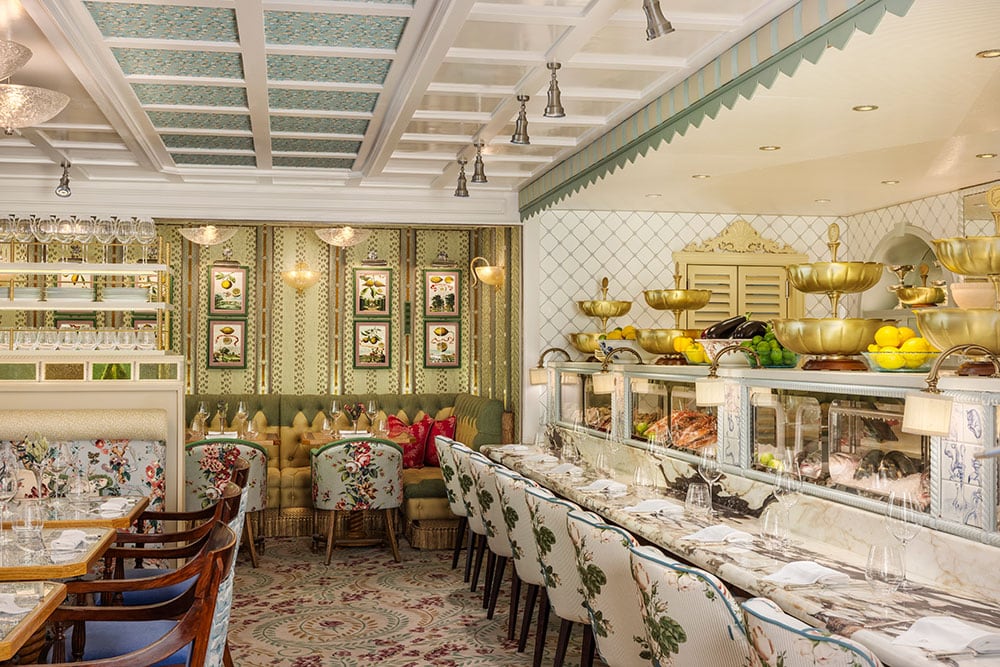
From rock n roll ramen to sophisticated seafood
Yet here’s the thing. Lilibet’s is so unashamedly English, so meticulously classic, it’s initially hard to reconcile that the man behind it is an Australian who has spent a large part of his career cooking Japanese cuisine in kitchens including Zuma and Nobu and who created the casual dining rock n roll ramen restaurant brand Bone Daddies as well as Flesh & Buns and Shackfuyu (he exited the business in 2020 just before the pandemic took hold).
Shonhan is a man who helped inject some fun and vibrancy into London’s more casual Japanese restaurant scene back in 2012, who has opened a Japanese steakhouse in Dubai, and who operates Strawfire in Abu Dhabi, a restaurant that celebrates the Japanese cooking style of warayaki, where rice straw is theatrically used to create fast and strong flames on which to cook. None of these past projects hint at him delving into the style of the British aristocracy of the 1920s or creating a seafood-focused restaurant.
“I can understand why you might say that,” says Shonan when I put this to him. “But a lot of people probably thought something similar when I made the move from premium Japanese to ramen. All my training has been in premium restaurants and in the early days of my career I cooked predominantly European food. It might seem unusual, but if you understand my background, it’s not necessarily.”
Indeed, it is the location that Shonhan says has dictated the style of Lilibet’s - not just its historic address but with meeting the needs of the area’s clientele. “At the end of the day it’s about knowing what your guests want,” he says. “I looked at where the opportunity was in the Mayfair market and where people go for seafood and there were two options technically within its boundaries, and a few more in St James’s and beyond. They are some of the oldest restaurants in the city so there’s clearly longevity in seafood.”
Lilibet’s is my best work. It’s been more than 30 years in the making and it’s my most complete thought-out restaurant
Despite its classic English design, Lilibet’s is not your classic English seafood restaurant, however. Instead, it is described as showcasing flavours a princess would recognise from her travels down the French coast and around the Iberian Peninsula as well as those along the Mediterranean coast as far as Greece. “In Mayfair there was an opportunity to do seafood in an elegant environment but with flavours that go a little bit further than those restaurants that are classically British,” says Shonhan, pointing to the fact that staples such as fish pie do not appear on Lilibet’s menu.
This is not the only aspect that stands Lilibet’s out from the crowd. The whole feel of the restaurant is a response (or antidote?) to the evolution of Mayfair over the past decade. “Around here there’s a lot of very loud environments - interior design and acoustically,” he says of the area’s dining scene. “I describe Mayfair over the past 10 years as having become a little bit like Las Vegas. When I was broadly assessing the Mayfair landscape once I’d committed to the site, I thought the opportunity wasn’t to try to be as loud and as shouty as them, that’s not me, but do something classic, elegant, timeless and celebrate beautiful things.
“If you’re going to get people out of their homes you’ve got to deliver an experience they can’t get on Deliveroo that is worth coming out for. I talk to almost every table and one of the things guests say to me is that they are so glad I’ve opened a beautiful dining room without all the razzmatazz. We are right on the knife edge of Mayfair swinging back to really classic elegant restaurants.”
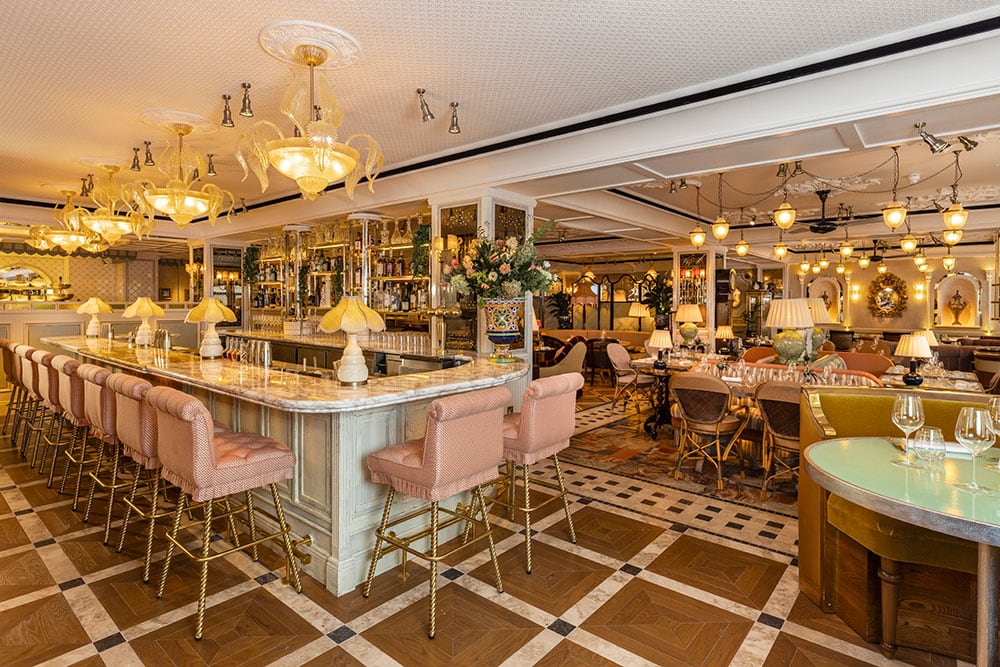
A time to shine
Given Shonhan’s belief in the return of classic restaurants, a belief supported by Jeremy King’s forthcoming reboot of the archetypal classic British restaurant Simpson’s in the Strand, the timing of Lilibet’s seems impeccable. In reality, his efforts to open a Mayfair restaurant go back more than a decade, with him first trying to open one at almost the same location in 2014, only two years into his time at Bone Daddies.
Back then he signed an agreement on a lease on a site that hadn’t been built yet to the rear of the building in which Lilibet’s now sits. Having spent years and a lot of money on its planning and development his plans were scuppered when the landlord decided not to build the space after all, but by way of appeasement told him that another site might become available instead. Duly, he was shown the 17 Bruton Street site in 2019 when it was offices and the changes required to turn it into a space fit for a restaurant, twinned with the delays created by Covid, meant that he didn’t get his hands on the keys until early last year.
The challenges didn’t stop there. What was supposed to be a six-month fit-out turned into an 18-month project when the initial building contractors went bankrupt and the new contractor underestimated the level of the detail that was required of the build. “If I had known it would take so long to do it, I’ve have done something else quicker in the interim,” he says of the process.
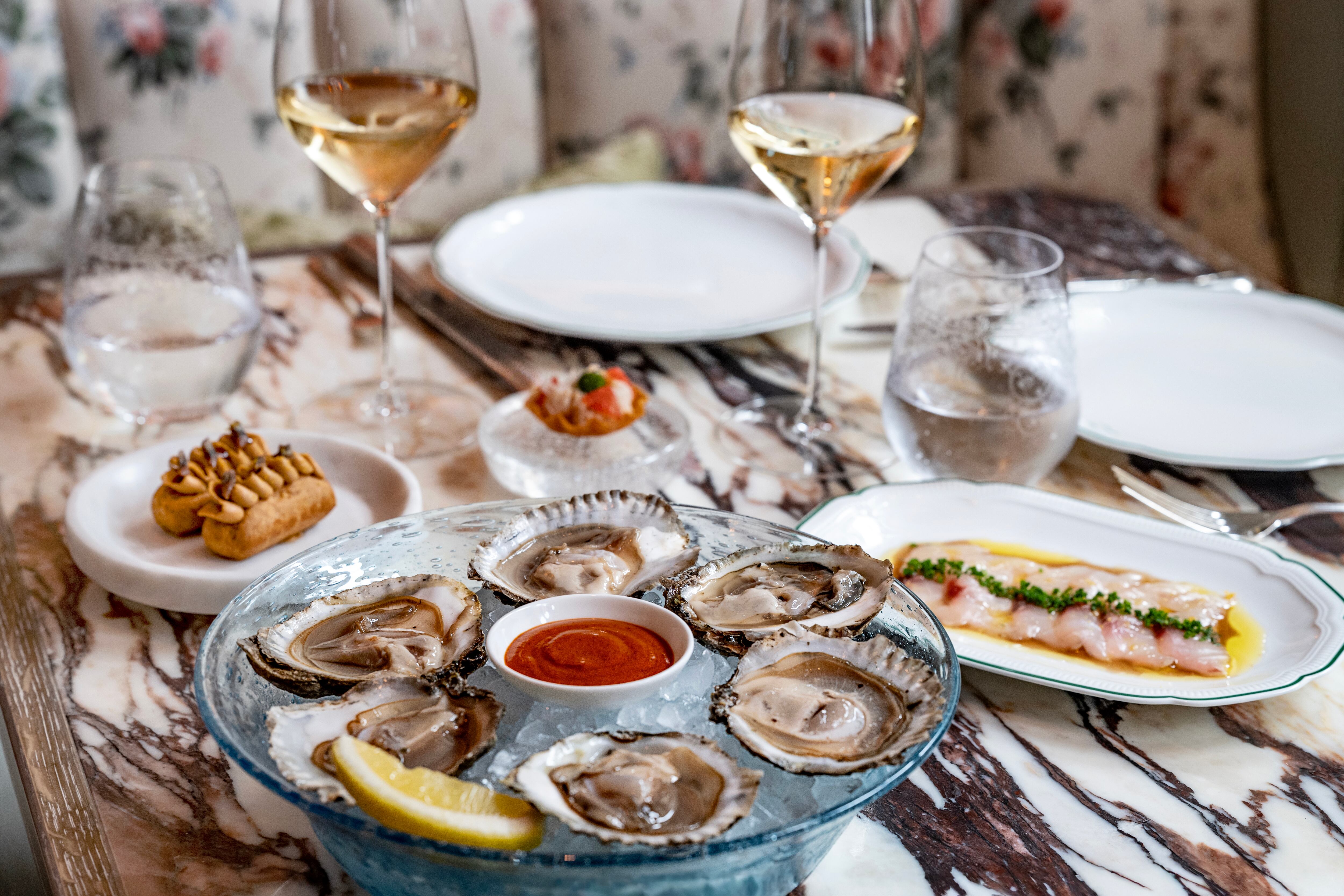
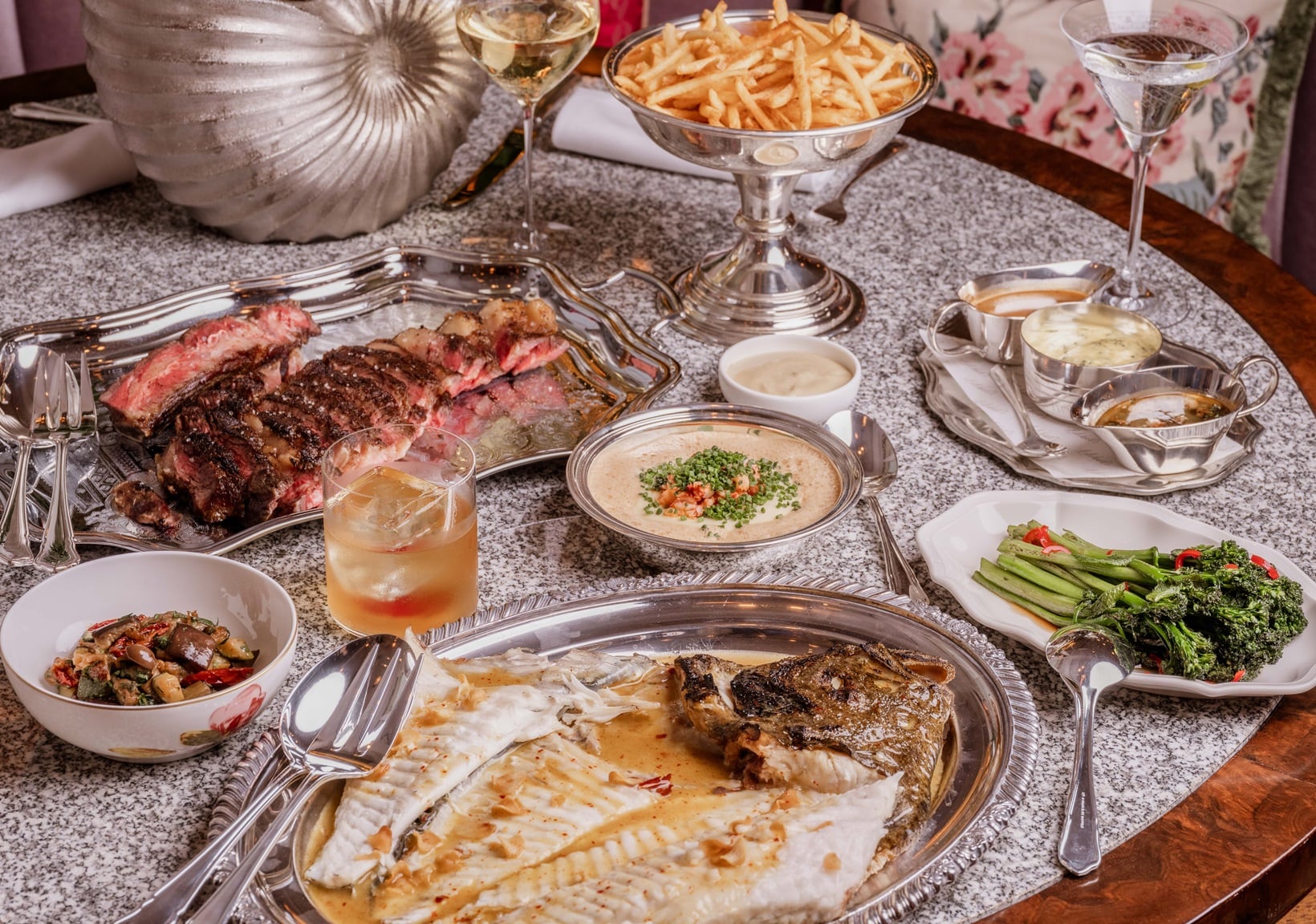
High culinary ambition
Now that Lilibet’s is open, Shonhan is finally able to show what he can do, and the results are nothing short of spectacular. His hiring of Alex Harper, whose experience includes time at Texture, The Ledbury and Le Manoir aux Quat’Saisons as well as nearly three years as head chef at The Harwood Arms, has brought his ambitious seafood-led menu to life. Harper says he is having fun preparing a wide variety of cold dishes for the first time in his career but is equally at home working at the kitchen’s impressive bespoke grill, where dishes are cooked over glowing embers.
Menu items include various oysters served with red wine shallots (the restaurant uses red wine, not red wine vinegar, Harper tells me) and house hot sauce; as well as those that are fire-roasted with aged beef fat and seaweed butter; and fried and served with yuzu kosho and preserved lemon. Also available are seafood platters with crustacea presented on bespoke fruit de mare platters that have a lazy Susan base, Shonhan borrowing from the Asian restaurant playbook to make sharing as easy as possible.
Other dishes include an extensive range of raw fish, a chrysanthemum salad with Caesar dressing (the restaurant’s take on a Caesar salad); and pasta and rice options such as lobster spaghetti; and baked rice with Spanish prawns. There’s also a section for the ‘unsung heroes’ of the sea, with species such as squat lobster, sea cucumbers, and garfish on display in the restaurant’s ‘marinarium’ - a made-up word for a fish display modelled on the 17th century terrariums (glass containers containing plants) found in stately homes. “I wanted to showcase seafood in a jewellery display case rather than a marble slab like a fishmonger,” he says.
On the dessert menu is a prego - because after eating a lot of ‘sweet’ seafood all you want is a steak sandwich to finish things off
Beyond that are sections dedicated to grilled seafood, whole fish, and meat options such as veal Holstein; half a chicken; and bone-in ribeye. Then there’s the restaurant’s ‘fish triptych’ an ingenious celebration of the whole fish in three preparations – served raw, grilled and then finally as an ‘a la minute’ soup with the bones cooked to order in a pressure cooker.
If all that wasn’t enough, nestling among the crêpe suzette, princess cake, and chocolate mousse on the dessert menu is a fillet steak sandwich made with a sweet potato muffin - because after eating a lot of ‘sweet’ seafood all you want is a steak sandwich to finish things off, is Shonhan’s reckoning. It is an offer deliberately created to attract a foodie crowd, not just a Mayfair one.
“I love hospitality people, and people who love great restaurants,” he says. “We’re 10 minutes from Soho; I want people to cross Regent Street and come here for lunch and experience what we do.
“I think a lot of people who are really passionate about food dismiss new Mayfair restaurants for being overpriced and probably not great quality. Yet I don’t know exactly when that changed. When you think of the institutions in Mayfair, like Le Gavroche and the dining rooms in classic old school hotels, it was once considered the hub of premium hospitality.”
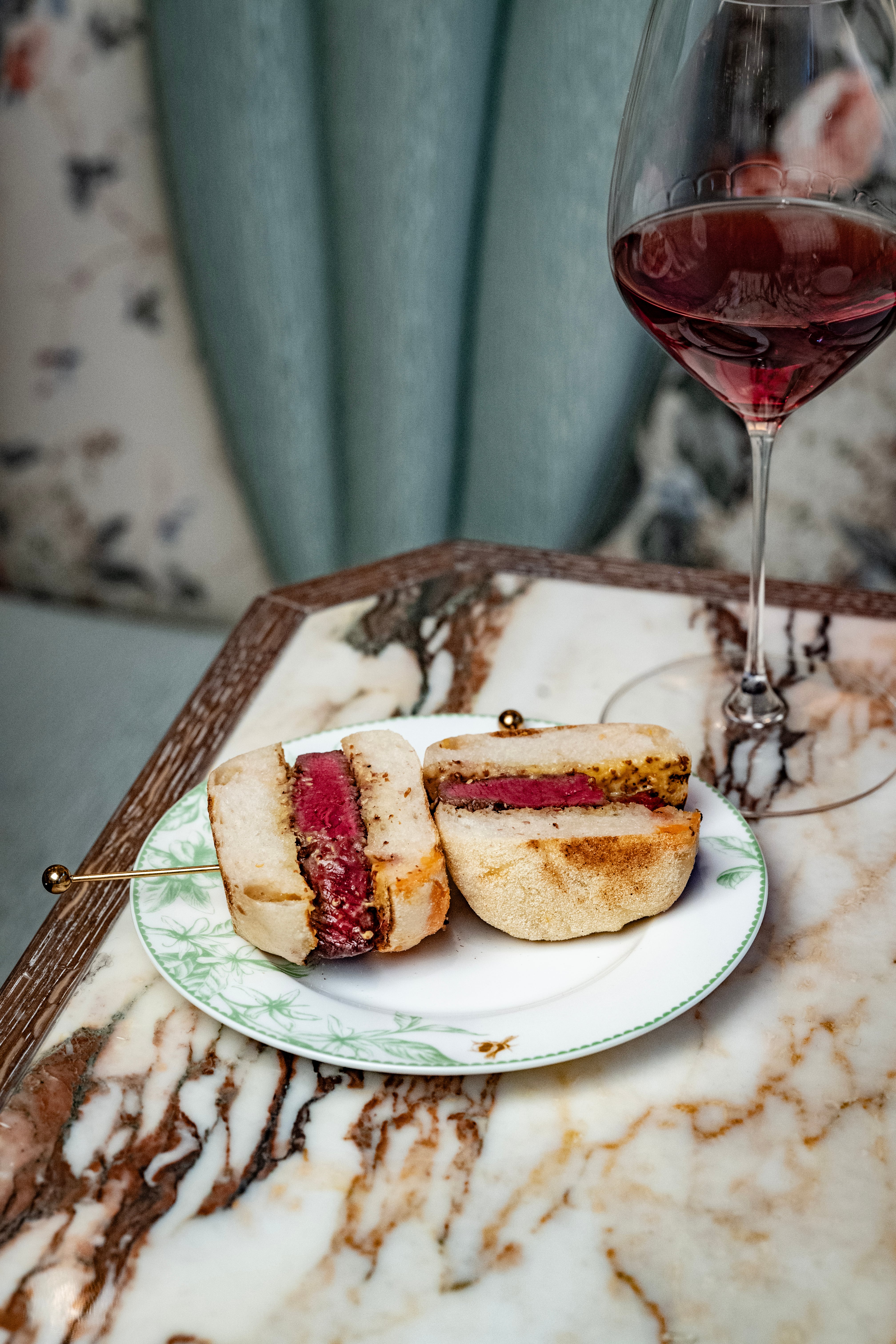
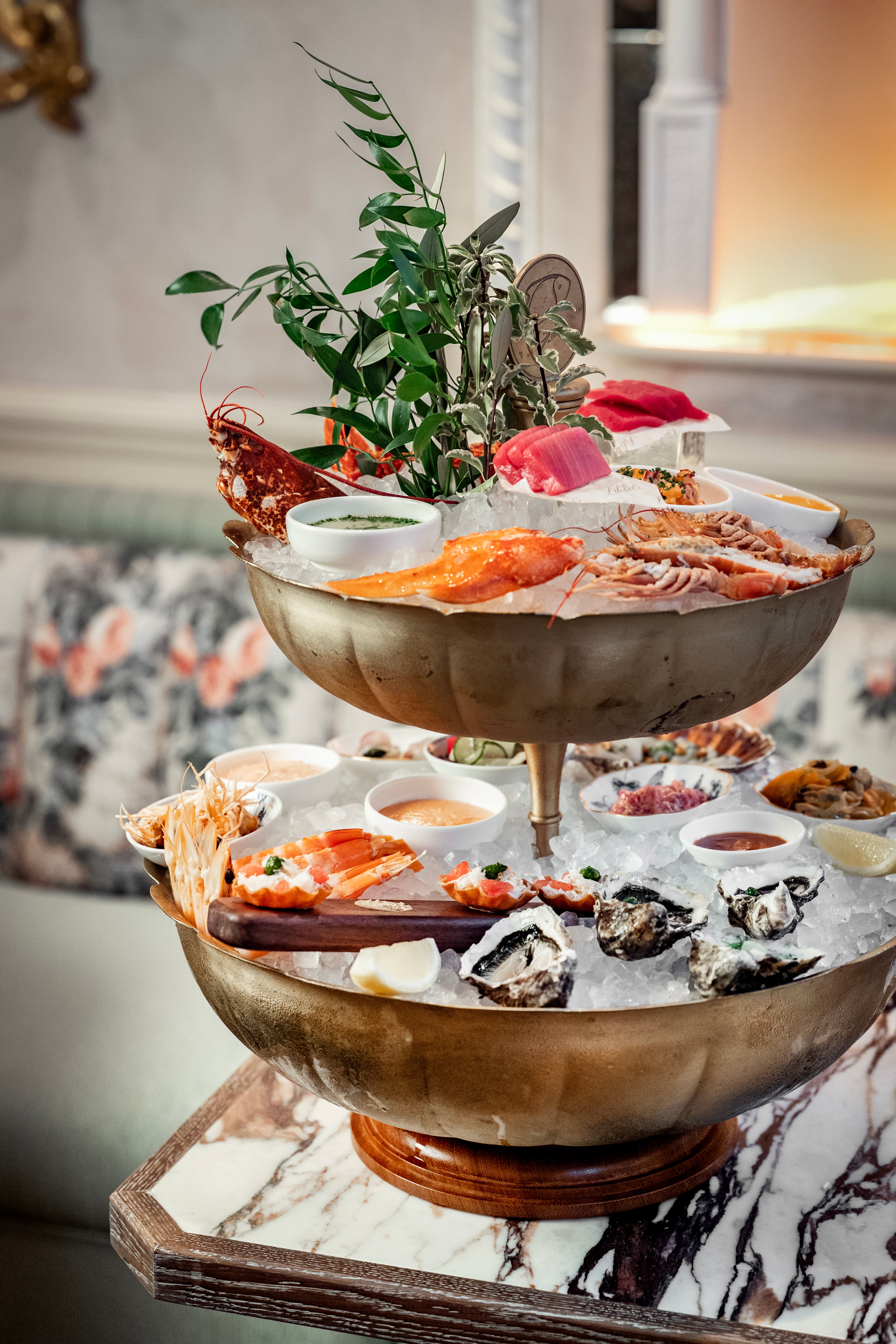
No time to smell the roses
More than 10 years in the making, has Shonhan’s Mayfair debut lived up to his exacting expectations? While it is hard to deny that he has created something striking and beautiful, he says he hasn’t yet had a chance to enjoy the fruits of his labour.
“I haven’t yet but I hope to. I will with time. I’m still looking at all the things I’ve got to be better at. Being blessed and cursed with an eye for detail that drives me crazy as well as the people around me means that it’s hard to stop and enjoy things. I know we’ve built something great and are doing a lot of the right things, but we are not there yet.”
I describe Mayfair over the past 10 years as having become a little bit like Las Vegas
Did he at least enjoy the process? “It’s far and away the hardest thing I’ve ever done,” is his response. “You might laugh but I’ve still very much done it on a budget and that has forced me to work harder than I ever have.
“Partly because I had more time I probably went massively into it in more detail than I would have if it was done more quickly. But we’ve got a much better outcome. I’ve enjoyed being able to have the time to make a decision, reflect on it, and interrogate it. But if you asked me right now if I’m doing another restaurant I’d say ‘never’. I can’t think that far into the future because there is so much work here still to make this place as good as it could be.”
That said, he doesn’t seem to have fully closed the door on the idea of at some point going again. “I know the first of anything is the hardest. The second of the same thing is infinitely easier than the first time round - I had that with Bone Daddies.” He acknowledges that the US’ love of classic British culture, for example, means this style of restaurant could work across the pond but says he could be equally happy with sticking at one.
“There’s nothing wrong with that. Sometimes we are so fascinated with growth – let’s just have one great place that people love. I’m more excited by that idea but I first need to make sure people love what I do.
“There are plenty of headlines about how tough London is, but I also know that good operators do well. We have to work hard daily to make sure the food is delicious, the team is welcoming, and that the space looks great. If you can get that holy trinity of things correct there is still space to do OK.
“Lilibet’s is my best work. It’s been more than 30 years in the making and it’s my most complete thought-out restaurant. Hopefully that translates into it working.”


